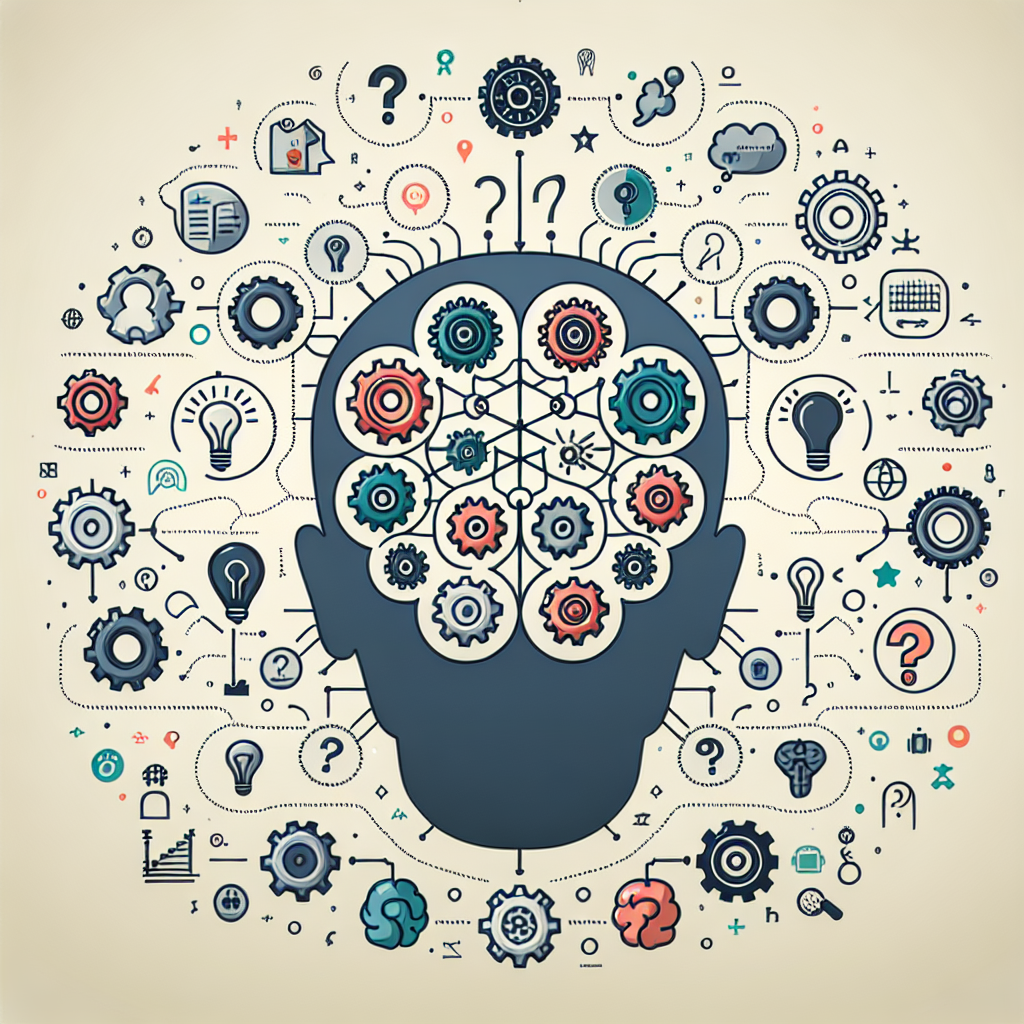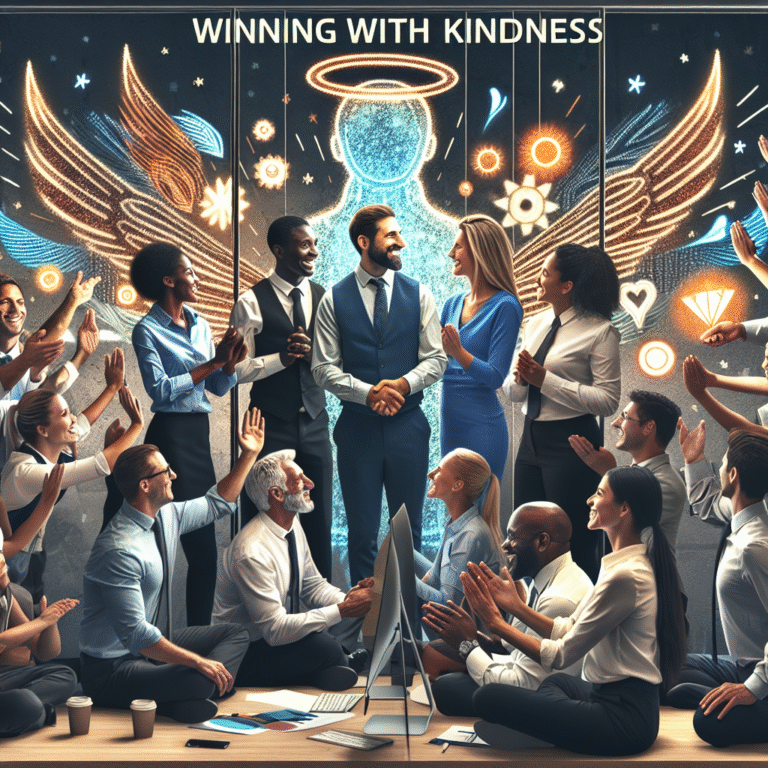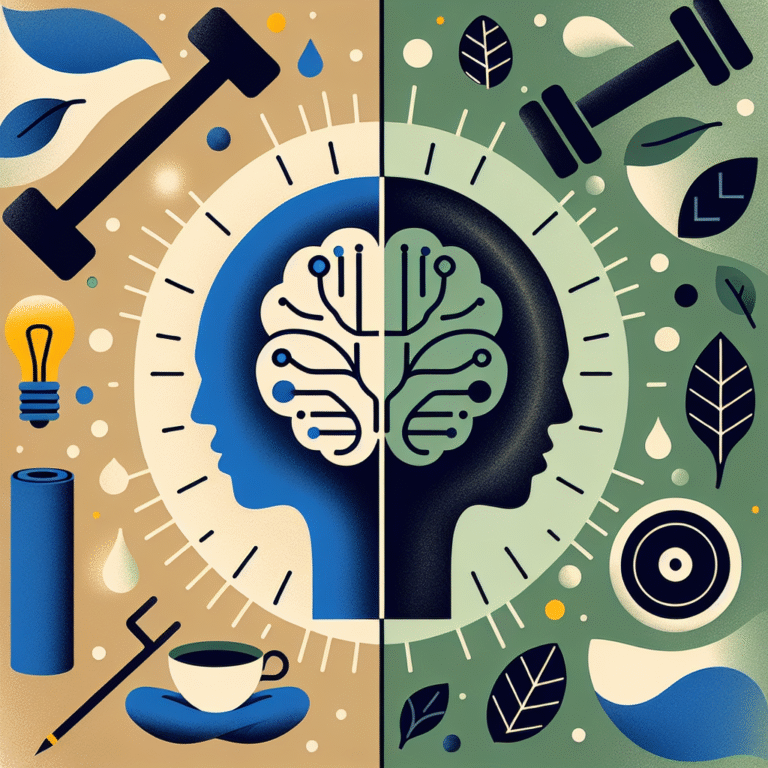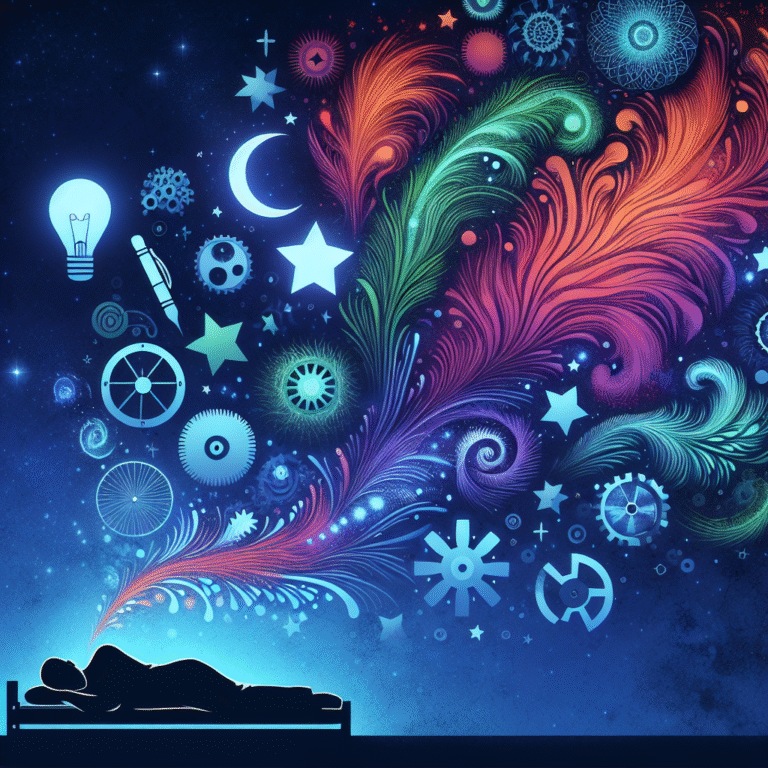
Introduction
Have you ever wondered why we do what we do? What compels someone to say "yes" when they really want to say "no"? Or why we sometimes act against our own best interests? The psychology behind behavior patterns plays a crucial role in understanding not only ourselves but also those around us. In this article, we will delve into The Psychology of Behavior Patterns: What Drives Us to Act?—an exploration that intertwines psychological theories with practical applications, case studies, and actionable insights.
Understanding behavior patterns is not just an academic exercise; it’s essential for anyone seeking to improve their personal or professional relationships, make better decisions, or navigate the complexities of life. Join us on this journey as we uncover the complexities that influence our actions and shape our destinies.
Understanding Behavior Patterns
What Are Behavior Patterns?
Behavior patterns refer to the habitual ways in which individuals respond to stimuli in their environment. These can include thoughts, emotions, and physical actions that collectively form a consistent response to certain situations. From habits like biting nails or procrastinating to broader dynamics like aggression or empathy, these behaviors are rooted in our psychological make-up.
Table 1: Examples of Common Behavior Patterns
| Behavior Pattern | Description | Potential Triggers |
|---|---|---|
| Procrastination | Delaying tasks despite potential negative outcomes | Fear of failure, perfectionism |
| Impulsivity | Acting on whims without considering consequences | Lack of self-control, excitement |
| Empathy | Understanding and sharing the feelings of others | Social connections, moral values |
| Aggression | Hostile or violent behavior | Stress, threat to self-esteem |
| Compliance | Agreeing to requests or demands of others | Desire for acceptance, fear of rejection |
The Drivers of Behavior Patterns
Intrinsic and Extrinsic Motivations
Understanding The Psychology of Behavior Patterns: What Drives Us to Act? begins with examining the motivations behind our actions, which can be categorized into intrinsic and extrinsic motivations.
- Intrinsic Motivation: This comes from within. It’s the drive to perform an activity for its own sake, like pursuing a hobby or engaging in an activity you find fulfilling.
- Extrinsic Motivation: This is motivated by external factors, such as rewards, recognition, or social pressure. For example, studying hard for a test because you want to impress your teacher.
Case Study: The Impact of Motivation on Learning
A study by Deci and Ryan expanded upon self-determination theory, demonstrating that students who were intrinsically motivated were more likely to achieve higher academic results than those driven by extrinsic factors. This reinforces the importance of fostering intrinsic motivation to create sustainable behavior change.
The Role of Cognitive Biases
Cognitive biases significantly influence our behavior patterns, often leading us to make irrational decisions. Here are a few noteworthy biases:
- Confirmation Bias: The tendency to search for, interpret, and remember information in a way that confirms one’s preexisting beliefs.
- Anchoring Bias: The reliance on the first piece of information encountered when making decisions.
- Loss Aversion: The tendency to prefer avoiding losses rather than acquiring equivalent gains.
Case Study: Confirmation Bias in Political Choices
A study of voters during the 2016 U.S. presidential election revealed that individuals were more likely to seek out information that supported their chosen candidate and ignore contrary evidence. This not only affected voting behavior but also highlights the depth of The Psychology of Behavior Patterns: What Drives Us to Act?.
Environmental Influences on Behavior Patterns
Our environment plays a pivotal role in shaping our behavior patterns. Social contexts, including family, culture, and peer influence, can dictate how we behave in various situations.
The Bystander Effect
This phenomenon occurs when individuals are less likely to offer help to a victim when other people are present. It underscores the impact of social dynamics on behavior patterns and our decision-making processes.
Case Study: The Murder of Kitty Genovese
In 1964, Kitty Genovese was attacked in New York City while numerous witnesses were present. Despite the attacks, no one intervened. The aftermath led to the development of theories regarding The Psychology of Behavior Patterns: What Drives Us to Act?, particularly concerning social influence and responsibility.
The Impact of Emotions on Behavior Patterns
Emotions are fundamental drivers of our decisions and actions. They are intertwined with cognition, often leading us to behave in ways we may not fully understand.
Emotional Triggers
Emotions like joy, anger, or fear can initiate automatic responses and influence long-term behavior patterns. For example, anger can lead to confrontation, while sadness may prompt withdrawal.
Table 2: Common Emotional Triggers and Their Effects
| Emotion | Trigger | Behavioral Response |
|---|---|---|
| Joy | Positive experiences | Increased sociability |
| Anger | Injustice or provocation | Confrontational behavior |
| Fear | Threat or danger | Fight or flight response |
| Sadness | Loss or disappointment | Withdrawal |
The Neuroscience Behind Behavior
Recent advances in neuroscience have provided insights into the biological underpinnings of behavior patterns. The brain’s reward pathways, for instance, play a significant role in motivating actions, particularly those associated with pleasure or reward.
Neuroplasticity
The brain’s ability to reorganize itself by forming new neural connections throughout life is referred to as neuroplasticity. This concept underlines the potential for behavior change, emphasizing that it is never too late to modify ingrained patterns.
Applying the Psychology of Behavior Patterns
Understanding the intricacies of The Psychology of Behavior Patterns: What Drives Us to Act? opens avenues for personal development and improvement in various contexts, including workplace efficiency, therapeutic settings, and even relationship dynamics.
Strategies for Behavior Change
Self-Awareness: Understanding personal triggers and habitual reactions can be the first step in modifying behavior.
Mindfulness Practices: Engaging in mindfulness can create awareness of emotions and reactions, allowing for greater control over responses.
Goal Setting: Establishing clear, achievable goals rooted in intrinsic motivation can sustain changes in behavior.
- Positive Reinforcement: Using rewards to reinforce desired behaviors can help create lasting change.
Conclusion
The exploration of The Psychology of Behavior Patterns: What Drives Us to Act? reveals a complex web of motivations, cognitive biases, social influences, emotional triggers, and neurological mechanisms. By understanding these elements, we can gain valuable insights into ourselves and those around us, providing a basis for personal growth, improved relationships, and effective decision-making.
The key takeaway is empowerment: you have the ability to change your behavior patterns by becoming conscious of what drives you to act. Knowledge is a powerful tool that can enhance your life, making you not only an observer of your behavior but also a participant in shaping it.
FAQs
What are behavior patterns?
- Behavior patterns are habitual responses individuals exhibit in various situations, shaped by psychological, social, and environmental factors.
Why do we have behavior patterns?
- Behavior patterns develop due to repeated experiences and reinforced responses, often as a way to cope with or navigate our environment.
Can behavior patterns be changed?
- Yes, with self-awareness, practice, and the right strategies, individuals can modify their behavior patterns effectively.
What role do emotions play in behavior patterns?
- Emotions are crucial drivers of behavior, influencing how we respond to situations based on our feelings at the moment.
- How do cognitive biases affect our behavior?
- Cognitive biases lead us to make irrational decisions by skewing our perception and influencing how we interpret information related to our actions.
Embrace the journey of self-discovery and use the insights you’ve gained here to reshape your future. Understanding The Psychology of Behavior Patterns: What Drives Us to Act? is not just about reflection, but about action and change.
















